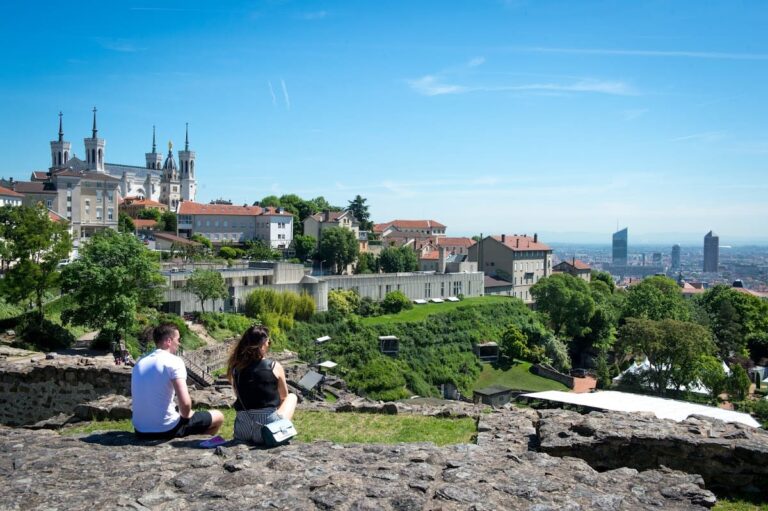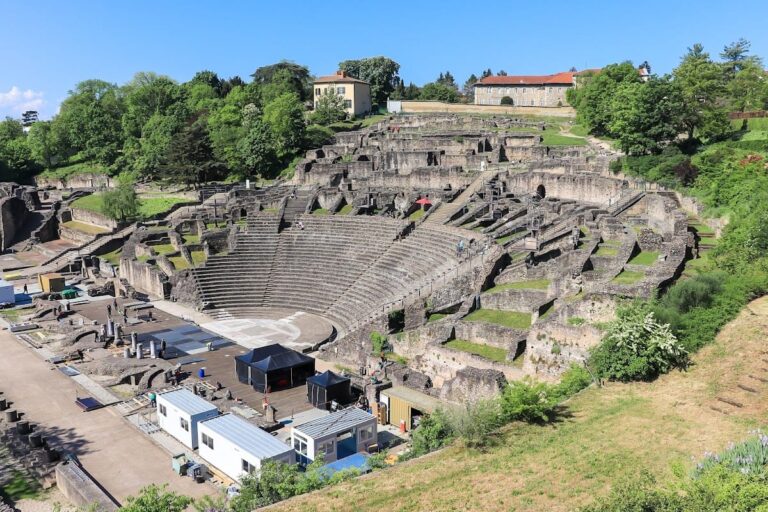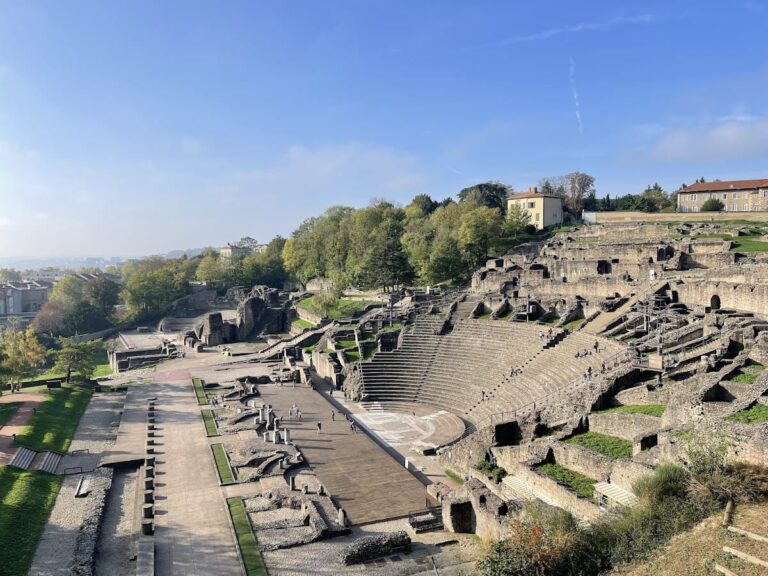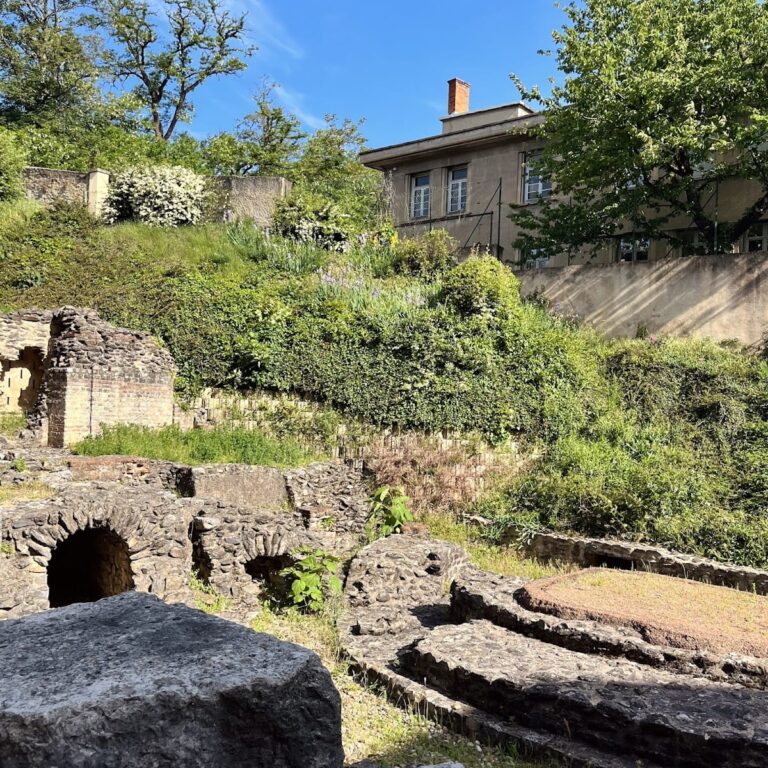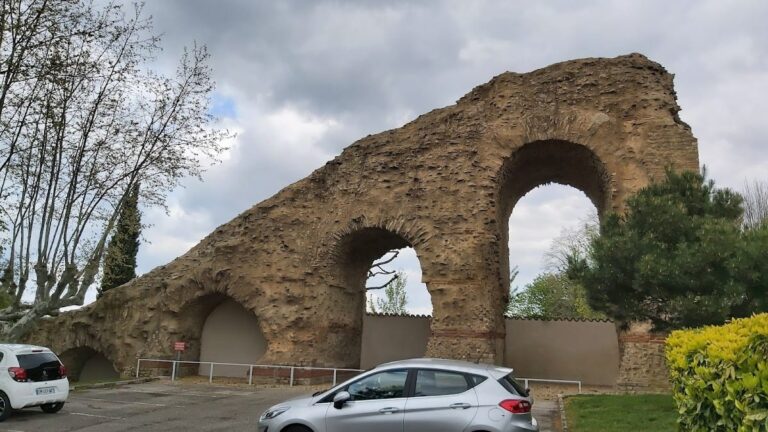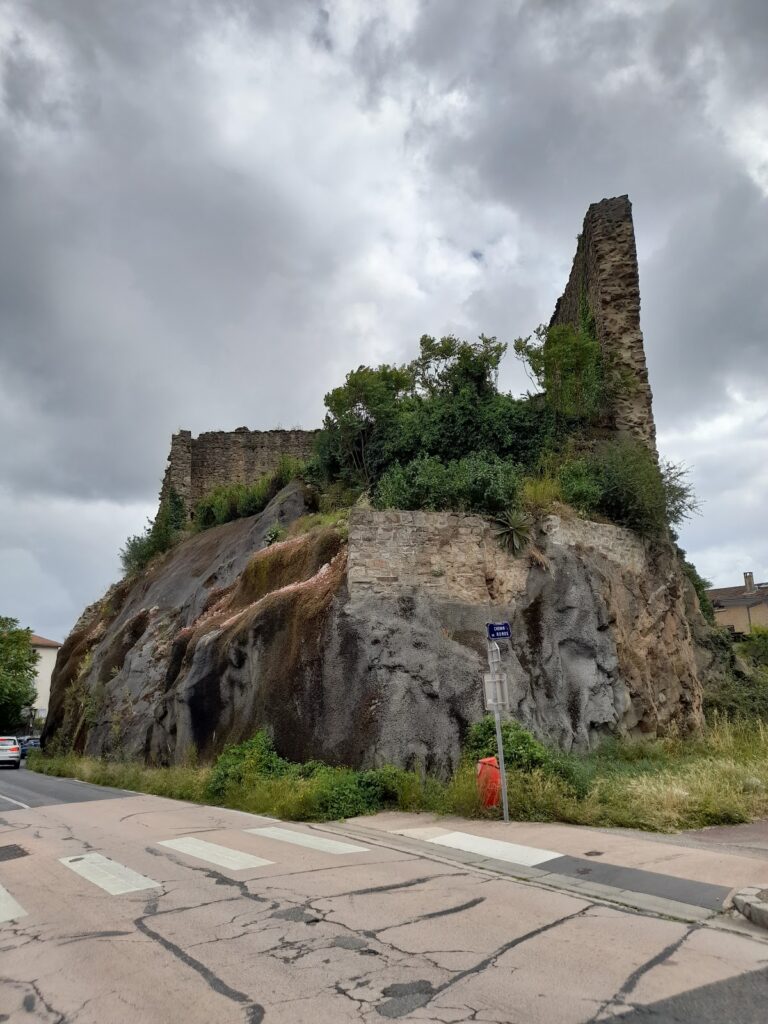Amphitheater of the Three Gauls: A Roman Monument in Lyon
Visitor Information
Google Rating: 4.1
Popularity: Medium
Google Maps: View on Google Maps
Country: France
Civilization: Roman
Remains: Entertainment
History
The Amphitheater of the Three Gauls is located in the city of Lugdunum, known today as Lyon, in the province of Gallia Lugdunensis, within modern France. It was built by the Romans in the early 1st century AD, between approximately 10 and 15 AD. The amphitheater formed part of a larger federal sanctuary dedicated to the imperial cult honoring Rome and Emperor Augustus. This sanctuary served the three Gallic provinces, Gallia Belgica, Gallia Aquitania, and Gallia Lugdunensis, and their combined 60 tribes.
The initial construction was funded by Gaius Julius Rufus, a priest of Roma and Augustus from the aristocratic Gallic Santones family, along with his son and grandson. A limestone inscription discovered in 1958 confirms their involvement and emphasizes the family’s long-standing religious role. The amphitheater was originally modest in size, designed mainly for elite delegates of the Gallic tribes, with seating for about 1,800 to 3,000 spectators. It hosted games connected to the imperial cult, reinforcing loyalty to Rome.
Literary sources mention the amphitheater during the 1st century AD. Suetonius records that Emperor Caligula held games there, while Tacitus describes the execution of the Gallic insurgent Mariccus in 69 AD within its arena. These accounts confirm the amphitheater’s use for public spectacles and judicial punishments during this period.
In the first half of the 2nd century AD, likely under Emperor Hadrian’s reign (117–138 AD), the amphitheater underwent a major expansion. Possibly overseen by the procurator Gaius Julius Celsus, the enlargement increased its capacity to hold between 20,000 and 26,000 spectators. This allowed the entire population of Lugdunum and its surroundings to attend events, reflecting the city’s growing importance.
The site is also linked to early Christian history. In 177 AD, it is associated with the martyrdom of Saints Maturus, Sanctus, Blandina, and Attalus. Their deaths are recorded in a letter preserved by the historian Eusebius, though the exact historicity of these events remains debated. A wooden memorial column now commemorates these Christian martyrs.
Following its period of use, the amphitheater was eventually abandoned and quarried for building stone. By the 16th century, maps still showed some arches and the arena’s depression, then called the “Corbeille de la Déserte.” Archaeological interest began in the early 19th century with excavations between 1818 and 1820, which revealed the arena’s outline. However, much of the site was reburied or damaged during urban development in the 19th century.
Systematic archaeological work resumed from 1956 through the late 1970s under Amable Audin. These excavations uncovered architectural details and numerous inscriptions, shedding light on the amphitheater’s federative and imperial functions. The remains were officially protected as a historic monument on November 27, 1961. In 1986, during Pope John Paul II’s visit, a wooden memorial column was erected to honor the Christian martyrs linked to the site.
Remains
The amphitheater’s layout is elliptical, situated on the slope of La Croix-Rousse hill near where the Rhône and Saône rivers meet. The original arena measured about 67.6 meters by 42 meters, similar in size to other Roman arenas like those in Nîmes and Arles. The structure initially had four seating levels, with external dimensions roughly 81 meters by 60 to 101 meters, accommodating 1,800 to 3,000 spectators.
Its substructure consists of three elliptical walls connected by transverse walls, surrounding the arena with a channel. The southern side was supported by a vaulted arch, now lost, which compensated for the sloping terrain. The podium, built against a wall, formed the cavea, the seating area reserved exclusively for tribal delegates. The general public did not occupy this section.
During the 2nd-century expansion, two additional seating tiers were added. This enlargement increased the amphitheater’s external dimensions to approximately 105 meters by 80 meters, with some French sources citing up to 143.3 meters by 117.35 meters, possibly reflecting the full extent after enlargement. The capacity rose to between 20,000 and 26,000 spectators, allowing the entire city and surrounding population to attend events.
Excavations uncovered about 18 stone inscriptions marking reserved seats for various groups, including the Augustales (priests of the imperial cult), representatives of Gallic tribes such as the Arverni, Tricasses, and Bituriges, and merchants from Macedonia. These inscriptions highlight the amphitheater’s role as a federative and imperial gathering place.
Two limestone blocks bearing the founding inscription measure 1.78 meters by 0.80 meters by 0.27 meters, with letters 10 to 15 centimeters high. These blocks were reused in later periods.
Today, the surviving remains include foundation walls and podium bases for two to three seating rows, covering about half of the original footprint. A northern entrance passage with partially preserved side walls remains visible. The ruins are integrated into Lyon’s Jardin des Plantes.
Numerous small finds such as coins, stone and metal artifacts, and fragments of inscriptions have been recovered during excavations. At the center of the arena stands a wooden memorial column commemorating the Christian martyrs associated with the site.





